The Reconstructed Carriage House
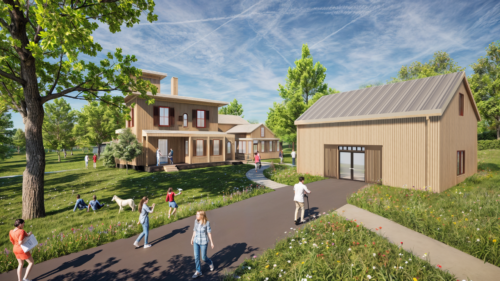
Digital rendering of carriage house (edmsSTUDIO)
The Emily Dickinson Museum is proud to unveil the newly reconstructed John and Elizabeth Armstrong Carriage House — an addition to the Dickinson grounds that not only reflects the aesthetic of the historic property, but also embraces a forward-thinking commitment to sustainability. Built to PHIUS Passive House standards, the carriage house exemplifies how historical preservation and environmental stewardship can go hand in hand.
Located on the historic Dickinson family property, the new carriage house replaces a long-lost outbuilding that once played a vital role in the day-to-day life of the Dickinson family. The original building likely housed two horse stalls, a family buggy or curricle, horse tack, and feed hay. Designed to honor the original footprint and style of 19th-century carriage houses, this modern interpretation now serves as the Museum’s new visitor welcome center, shop, and event space. The exterior appearance of the carriage house is as faithful as possible in its design to evidence accumulated from historic maps, lithographs, and photographs.
What Is “Passive House”?
Originating in Germany, Passive House is a rigorous building standard that dramatically reduces a building’s energy use while increasing indoor comfort and air quality. Passive buildings are carefully engineered to use up to 90% less heating and cooling energy than traditional structures, while delivering superior interior comfort and healthy indoor air quality. Built to last, these structures are highly durable and future-proof, offering long-term performance with minimal environmental impact.
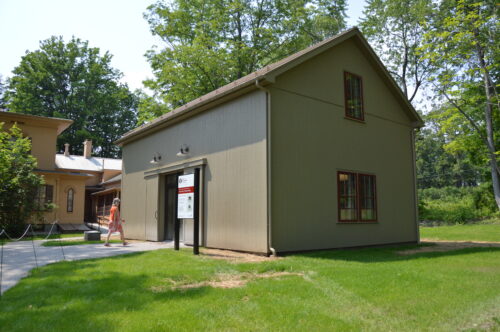 The Carriage House achieves this through five core principles:
The Carriage House achieves this through five core principles:
- Continuous insulation: A super-insulated envelope keeps indoor temperatures stable year-round.
- Airtight construction: The building is meticulously sealed to prevent unwanted drafts and energy loss.
- High-performance windows: Specially engineered triple-pane windows maximize natural light while minimizing heat transfer.
- Balanced ventilation: A fresh air system with energy recovery ensures optimal indoor air quality without sacrificing efficiency.
- Thermal bridge-free design: Materials and junctions are carefully chosen to eliminate cold spots and condensation risk.
As the Museum works to expand its educational programs, increase accessibility, and better serve the community, it is making a long-term investment in both environmental responsibility and visitor experience by embracing Passive House construction. Reduced energy use means lower carbon emissions, less strain on the local power grid, and a healthier planet for future generations. This commitment to passive house construction and environmental responsibility reflects Dickinson’s regard for the natural world and the inspiration she drew from it.
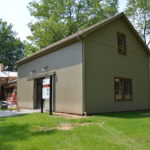
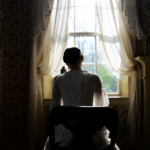
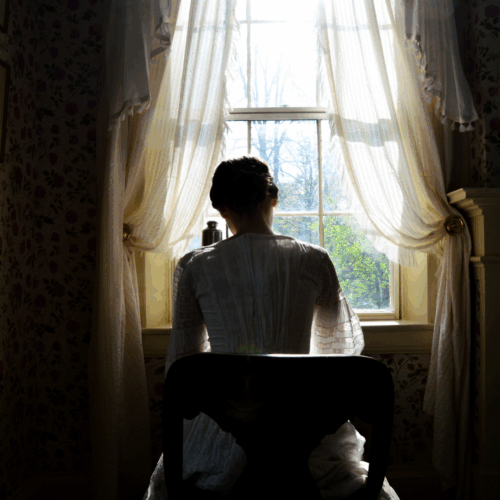 “
“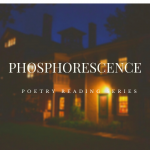
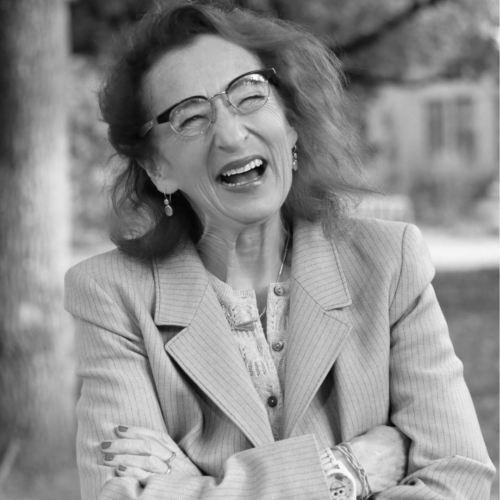
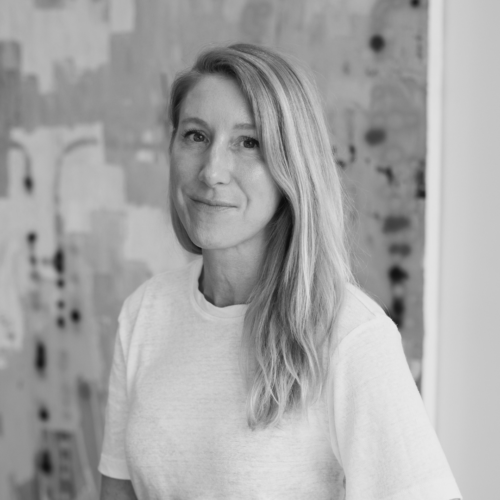
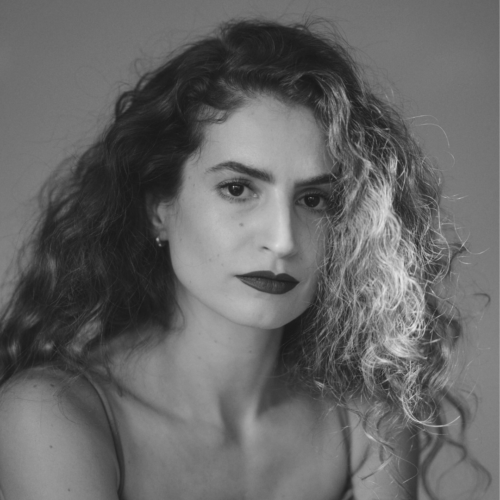 Rachelle Toarmino is a poet from Niagara Falls, New York. She is the author of the poetry collections Hell Yeah (Third Man Books, 2025) and That Ex (Big Lucks Books, 2020), as well as several chapbooks, most recently My Science (Sixth Finch Books, 2025), winner of the 2024 Sixth Finch Chapbook Contest. Her work has appeared in Poets.org, Literary Hub, Electric Literature, American Poetry Review, Bennington Review, Southeast Review, The Slowdown, and Omnidawn, which awarded her its 2024 Single Poem Broadside Prize. She earned her MFA in poetry at UMass Amherst, where she received an Academy of American Poets Prize. She is also the founding editor-in-chief of the literary publishing project Peach Mag and the creator and lead instructor of Beauty School, an independent poetry school. She lives in Buffalo.
Rachelle Toarmino is a poet from Niagara Falls, New York. She is the author of the poetry collections Hell Yeah (Third Man Books, 2025) and That Ex (Big Lucks Books, 2020), as well as several chapbooks, most recently My Science (Sixth Finch Books, 2025), winner of the 2024 Sixth Finch Chapbook Contest. Her work has appeared in Poets.org, Literary Hub, Electric Literature, American Poetry Review, Bennington Review, Southeast Review, The Slowdown, and Omnidawn, which awarded her its 2024 Single Poem Broadside Prize. She earned her MFA in poetry at UMass Amherst, where she received an Academy of American Poets Prize. She is also the founding editor-in-chief of the literary publishing project Peach Mag and the creator and lead instructor of Beauty School, an independent poetry school. She lives in Buffalo.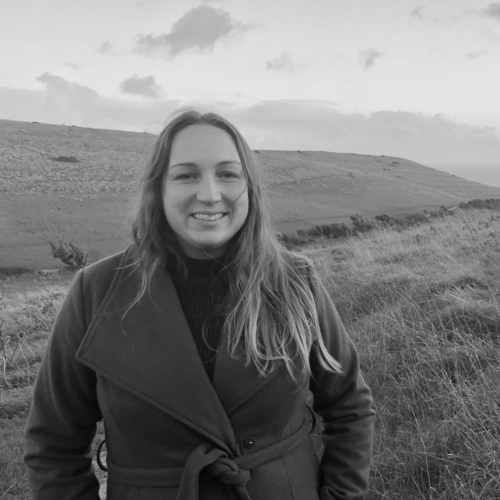
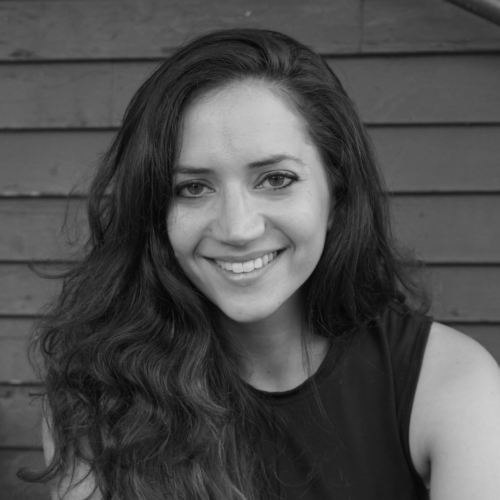 Avia Tadmor is the author of the poetry collection “Song in Tammuz,” winner of the Tupelo Press International Berkshire Prize, forthcoming 2026. Her poems appear or are forthcoming in Best New Poets, The New Republic, New England Review, Prairie Schooner, Iowa Review, and elsewhere. Avia’s poetry received support from Yaddo, the Rona Jaffe Foundation/ Bread Loaf Writers’ Workshop, the Vermont Studio Center, the Virginia Center for the Creative Arts, and the Adroit Journal’s Gregory Djanikian Scholars Program. Previously, she has taught writing at Columbia University, where she directed the Columbia Artist/Teachers program, promoting no-cost arts education in schools and community organizations in NYC. Currently, she is a Clinical Assistant Professor in the Expository Writing Program at New York University. Born in Jerusalem, she lives in New York.
Avia Tadmor is the author of the poetry collection “Song in Tammuz,” winner of the Tupelo Press International Berkshire Prize, forthcoming 2026. Her poems appear or are forthcoming in Best New Poets, The New Republic, New England Review, Prairie Schooner, Iowa Review, and elsewhere. Avia’s poetry received support from Yaddo, the Rona Jaffe Foundation/ Bread Loaf Writers’ Workshop, the Vermont Studio Center, the Virginia Center for the Creative Arts, and the Adroit Journal’s Gregory Djanikian Scholars Program. Previously, she has taught writing at Columbia University, where she directed the Columbia Artist/Teachers program, promoting no-cost arts education in schools and community organizations in NYC. Currently, she is a Clinical Assistant Professor in the Expository Writing Program at New York University. Born in Jerusalem, she lives in New York.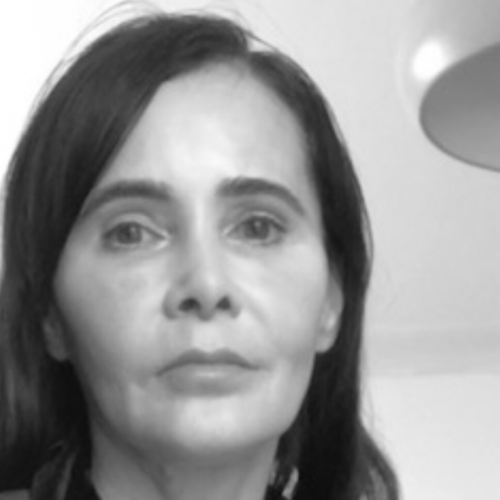 Silvia Bonilla was born and raised in South America. She received an MFA in Poetry from The New School. She is the author of a chapbook called “An Animal Startled by The Mechanisms of Life” (Deadly Chaps 2024) and “Town of Eves,” forthcoming from Arizona University Press. Her work has been featured in Blackbird, Green Mountains Review, Cream City Review, Reed, Cimarron Review, among others. She has received support from Kenyon Writers Workshop, The Staltonstall Foundation, Sewanee Writer’s Conference, Community of Writers, Napa Valley, The Frost Place, Colgate Writers Workshop and The Post Graduate Conference at The Vermont College of Fine Arts.
Silvia Bonilla was born and raised in South America. She received an MFA in Poetry from The New School. She is the author of a chapbook called “An Animal Startled by The Mechanisms of Life” (Deadly Chaps 2024) and “Town of Eves,” forthcoming from Arizona University Press. Her work has been featured in Blackbird, Green Mountains Review, Cream City Review, Reed, Cimarron Review, among others. She has received support from Kenyon Writers Workshop, The Staltonstall Foundation, Sewanee Writer’s Conference, Community of Writers, Napa Valley, The Frost Place, Colgate Writers Workshop and The Post Graduate Conference at The Vermont College of Fine Arts.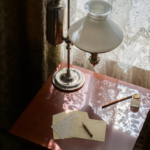
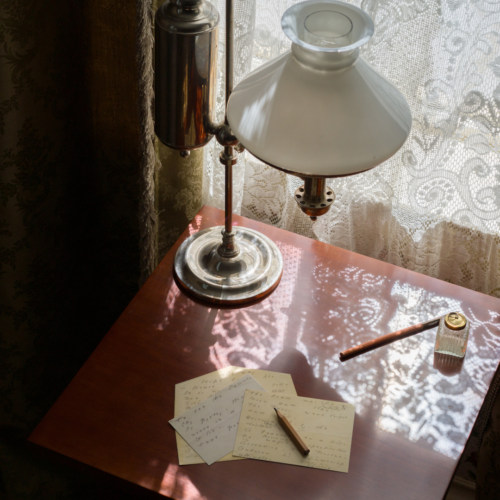 IN-PERSON PROGRAM
IN-PERSON PROGRAM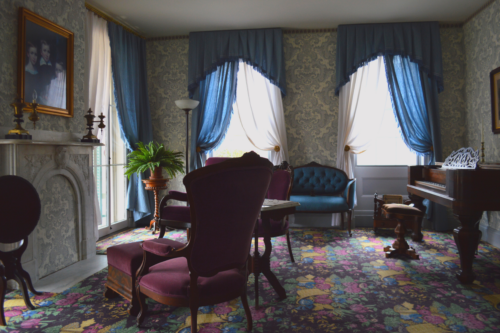
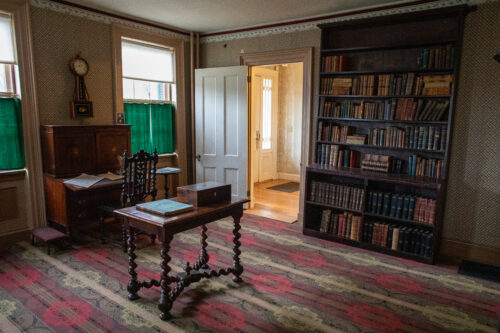
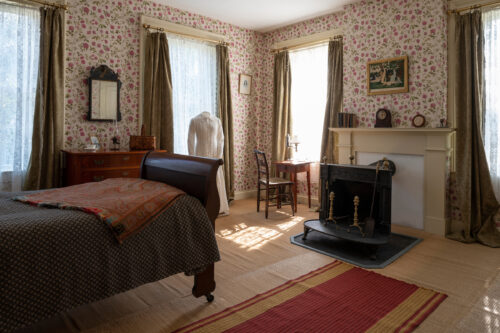
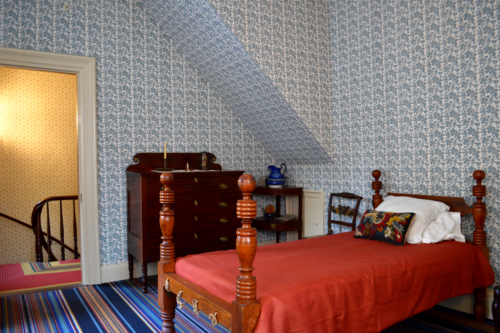
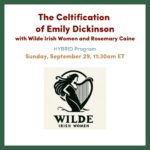
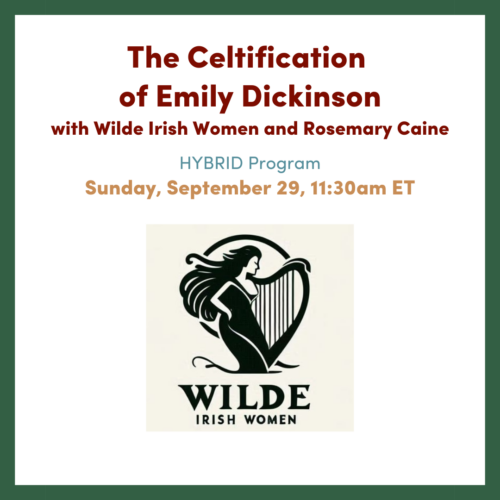 Musical performance featuring the poems of Emily Dickinson with music and lyrics by Rosemary Caine!
Musical performance featuring the poems of Emily Dickinson with music and lyrics by Rosemary Caine!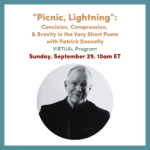
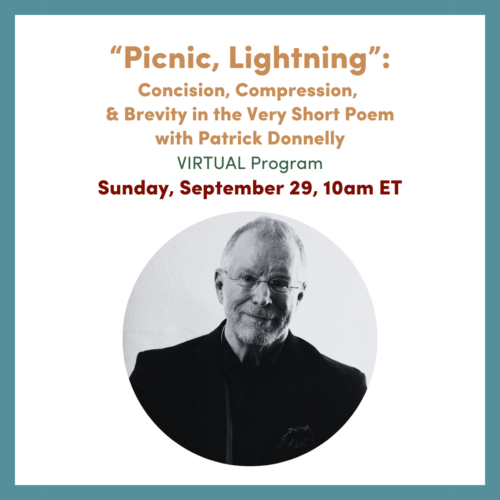
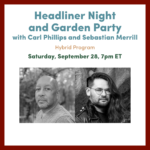
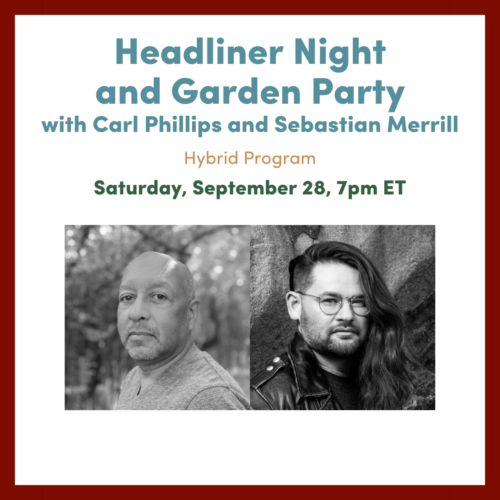 Join us in Emily Dickinson’s garden or virtually for a celebration of creativity and poetry! Our headlining poets, 2023 Pulitzer Prize winner Carl Phillips and Sebastian Merrill, read from their work and discuss their poetic practice and inspiration with moderator Kirun Kapur.
Join us in Emily Dickinson’s garden or virtually for a celebration of creativity and poetry! Our headlining poets, 2023 Pulitzer Prize winner Carl Phillips and Sebastian Merrill, read from their work and discuss their poetic practice and inspiration with moderator Kirun Kapur.
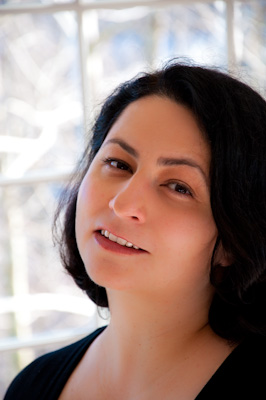
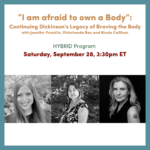
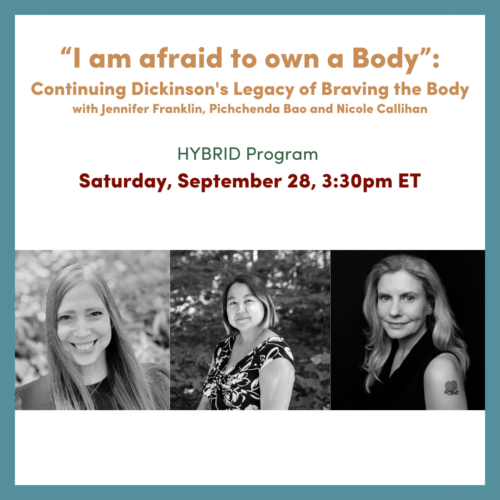 Nicole Callihan, Pichchenda Bao, and Jennifer Franklin, the editors of Braving the Body (Harbor Editions, 2024) will discuss a group of Dickinson’s poems about the body and embodied experience, particularly her exploration into the often-contradictory needs between body and mind. We will also read a selection of contemporary poems by women and non-binary poets from Braving the Body who have been inspired by Dickinson’s work. We will provide prompts for a generative writing exercise inspired by Dickinson and/or the poems from the anthology. There will be time for interested participants to share their drafts and to receive feedback from the editors.
Nicole Callihan, Pichchenda Bao, and Jennifer Franklin, the editors of Braving the Body (Harbor Editions, 2024) will discuss a group of Dickinson’s poems about the body and embodied experience, particularly her exploration into the often-contradictory needs between body and mind. We will also read a selection of contemporary poems by women and non-binary poets from Braving the Body who have been inspired by Dickinson’s work. We will provide prompts for a generative writing exercise inspired by Dickinson and/or the poems from the anthology. There will be time for interested participants to share their drafts and to receive feedback from the editors.